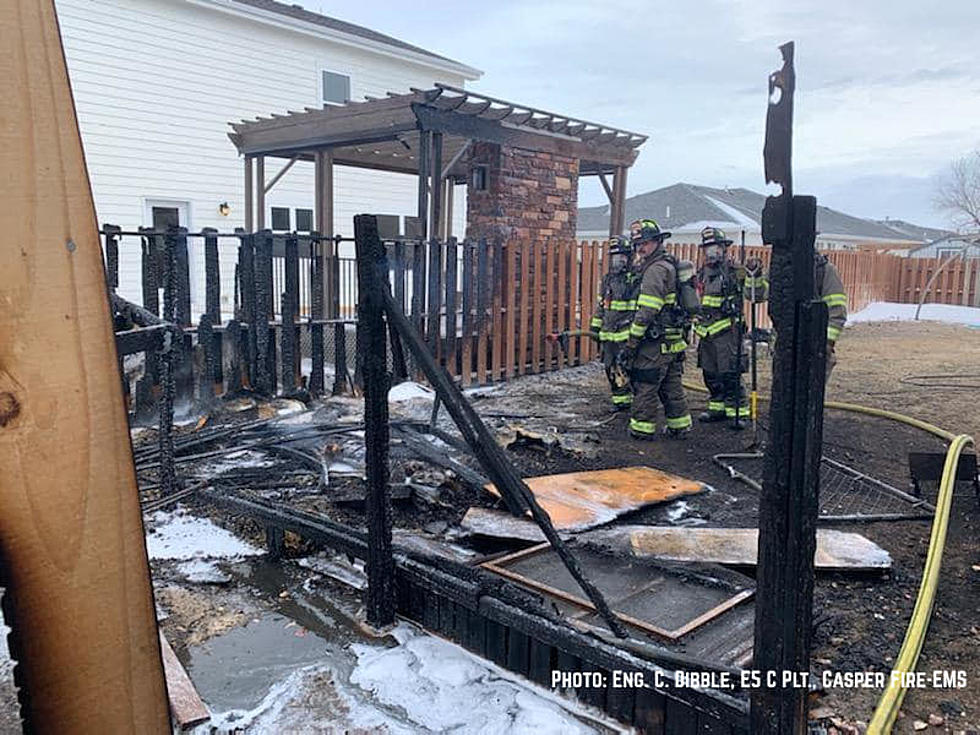
Gordon Criticizes EPA’s Proposed Emission Rule
Governor Mark Gordon issued a statement in response to the proposed "good neighbor" plan announced by the Environmental Protection Agency.

The proposed plan by the EPA is meant to limit how much nitrogen oxides are emitted by 26 states, Wyoming included, and to keep them in line with the 2015 Ozone National Ambient Air Quality Standards (NAAQS).
Gordon said:
"In short, EPA’s so-called “good-neighbor” ozone transport proposal is neither good nor neighborly. The proposal is an attack on state-led approaches and moves more authority away from the people to Washington, DC. This proposed rule specifically targets western energy-producing states and is not an all-of-the-above solution. Instead, it will harm states like Wyoming who meet ozone standards, and benefit more populous states that use our energy but do not meet their own ozone standards. EPA’s proposal does not 'follow the science' or the law and will unjustly discriminate against Wyoming industries like coal-fired power plants, trona operations, and natural gas pipelines. I will work aggressively to protect Wyoming from the Biden Administrations' flawed proposed rule."
The plan would reduce emissions by, starting in 2023, requiring coal-fired power plants to better use existing emission controls that are already in place and by 2026 installing selective catalytic reduction controls, with an estimated total cost at around $1.1 billion across 26 states.
According to the EPA, implementing this plan would prevent 1,000 premature deaths and save the U.S. $9.3 billion, due to a reduction in hospital visits from asthma and respiratory conditions, in 2026.
The states included in the plan are Alabama, Arkansas, California, Delaware, Indiana, Illinois, Kentucky, Louisiana, Maryland, Michigan, Minnesota, Mississippi, Missouri, Nevada, New York, New Jersey, Ohio, Oklahoma, Pennsylvania, Tennesse, Texas, Utah, Virginia, West Virginia, Wisconsin, and Wyoming.
However, Alabama, Tennesse, and Delaware are only there for power plants, California is there for other industrial uses, the rest of the states are there for both, and Delaware, Nevada, Utah, and Wyoming are newly added states to the list.
In 2026, according to the EPA, the plan would reduce nitrogen oxide emissions by 94,000 tons, sulfur dioxide emissions by 106,000 tons, fine particle emissions by 9,000 tons, and carbon dioxide emissions by 40 million metric tons.
Here Are 7 Unique Places In Wyoming That You May Want To Visit
More From K2 Radio









